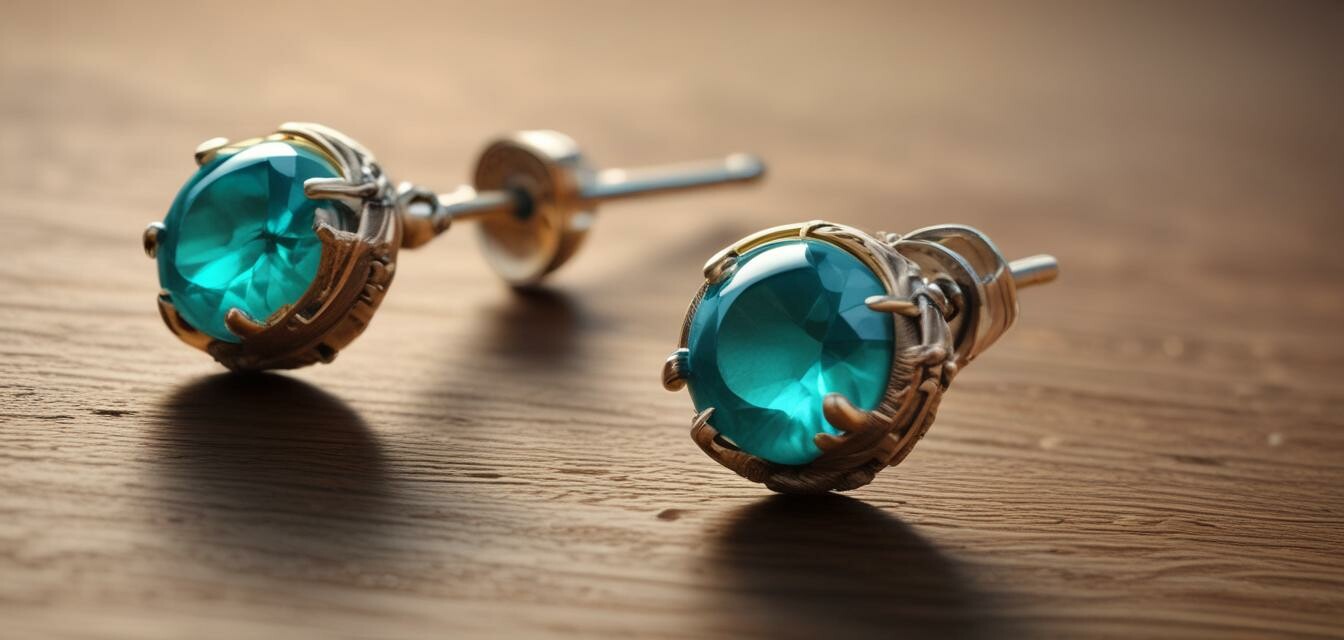
How to Spot Fake Ethical Jewelry
Key Takeaways
- Understand the difference between genuine and fake ethical jewelry.
- Check for certifications and transparency in sourcing.
- Recognize telltale signs of authenticity in materials.
- Learn how to verify artisan backgrounds.
- Always advocate for sustainable practices when shopping.
As the interest in ethical jewelry grows, so does the prevalence of counterfeit pieces in the market. Spotting fake ethical jewelry is crucial for consumers looking to support artisans and sustainable practices. In this guide, we’ll explore effective tips and strategies to help you identify genuine ethical jewelry and avoid fakes.
Understanding Ethical Jewelry
Before diving into identification techniques, it’s essential to understand what ethical jewelry is. Ethical jewelry includes pieces made from sustainably sourced materials, crafted by artisans who are paid fairly. Unlike traditional jewelry, ethical jewelry champions transparency, environmental sustainability, and social responsibility.
Key Features of Genuine Ethical Jewelry
When exploring the market for ethical jewelry, keep an eye on these features:
- Transparency in sourcing
- Responsible business practices
- Artisanal craftsmanship
- Eco-friendly materials
- Certifications from recognized organizations
Identifying Fake Ethical Jewelry
Here are some methods and signs to help you detect counterfeit ethical jewelry:
| Indicators | What to Look For |
|---|---|
| Certifications | Fake products often lack proper certifications from organizations like the Responsible Jewelry Council. |
| Material Quality | Genuine pieces will use high-quality, ethically sourced materials, whereas fakes often use low-grade substitutes. |
| Artisan Cues | Research the artisan’s background; fake products may not have any verifiable information. |
| Pricing | If the deal seems too good to be true, it probably is. Authentic ethical jewelry has a price that reflects the value of labor and materials. |
| Brand Reputation | Check for customer reviews and brand transparency. Fake products often come from unknown or untrusted sources. |
Tips for Verifying Authenticity
Beginners Section
- Always ask for documentation or proof of sourcing.
- Seek out brands and artisans that are transparent about their practices.
- Consider visiting artisan shops or markets where you can interact directly with makers.
- Familiarize yourself with the ethical brands that have been recognized in your community.
- Utilize social media to follow popular sustainable jewelry influencers for recommendations.
Stay Updated on Trends
To ensure you’re purchasing authentic ethical jewelry, it’s crucial to stay updated with news and trends in the industry. You'll learn about new certifications, the latest sustainable materials, and innovative techniques used by artisans. Following changes in the industry will help you become a more informed shopper.
Know Your Artisans
A vital aspect of genuine ethical jewelry is its connection to artisans. Learning about their backgrounds and the stories behind their work can provide insight into the authenticity of the jewelry. Often, artisans will highlight their journey, crafting techniques, and the materials they use. Ensuring that the artisans are fair-trade certified increases your confidence in your purchase.
Conclusion
Spotting fake ethical jewelry doesn't have to be a daunting task. By understanding the essential features of genuine pieces, checking for certifications, and knowing your artisans, you can confidently make purchasing decisions that support sustainability and ethical practices. Remember to always advocate for transparency and responsibility—your choices as a consumer contribute to a greater movement of positive change in the jewelry industry.
Pros
- Supports artisans and fair trade.
- Contributes to sustainable practices.
- Encourages transparency in sourcing.
- Promotes awareness around ethical purchasing.
Cons
- Counterfeit pieces can be difficult to identify.
- Potentially higher costs than traditional jewelry.
- Lack of wide availability in some regions.
For more insights into different aspects of ethical jewelry, consider exploring our other categories such as Eco-Conscious Jewelry Sets, Ethical Stone Earrings, and Sustainable Necklaces.